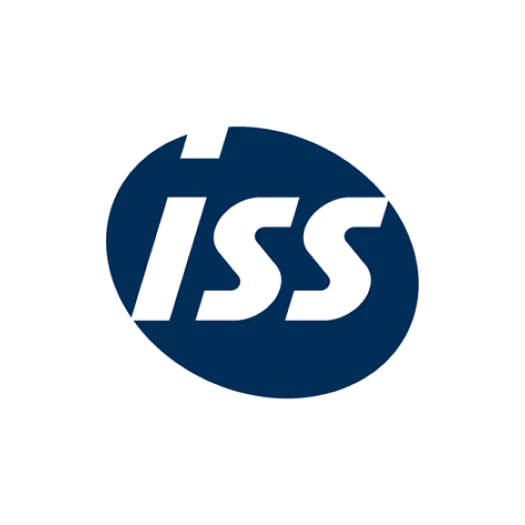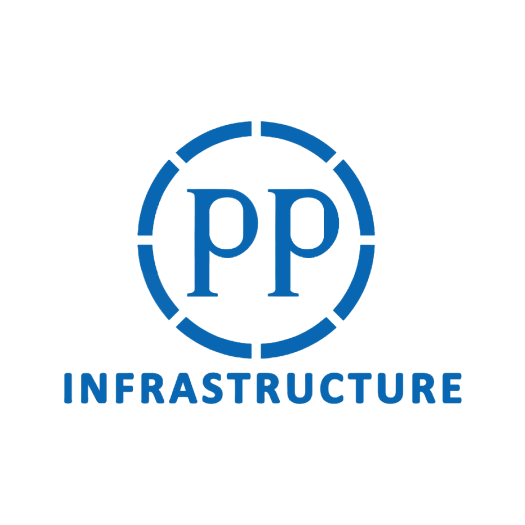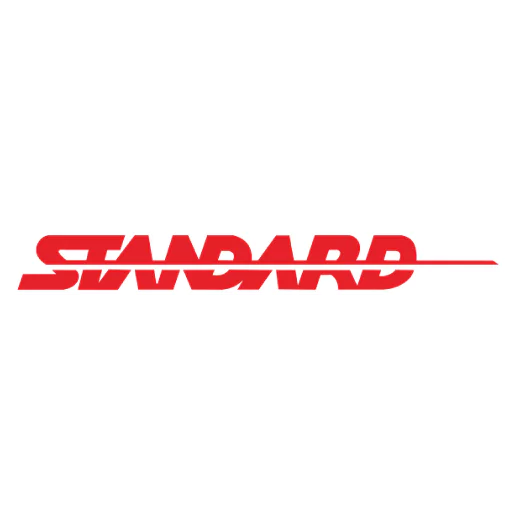Planning to move your company to a new ERP system? ERP migration isn’t just about switching software; it’s about building a foundation for smoother operations and smarter decision-making.
Through writing and research, I’ve found that companies often underestimate the complexity of ERP transitions. You’ll need more than good software; you’ll need a clear strategy to minimize disruption and maximize value. With the right approach, migration can be a step forward, not a setback.
This guide offers a practical ERP migration checklist to help you prepare for each stage. If you’re evaluating ERP options, book a free demo with HashMicro to explore how a smooth transition can look. Read on to uncover key strategies for long-term success.
Key Takeaways
|
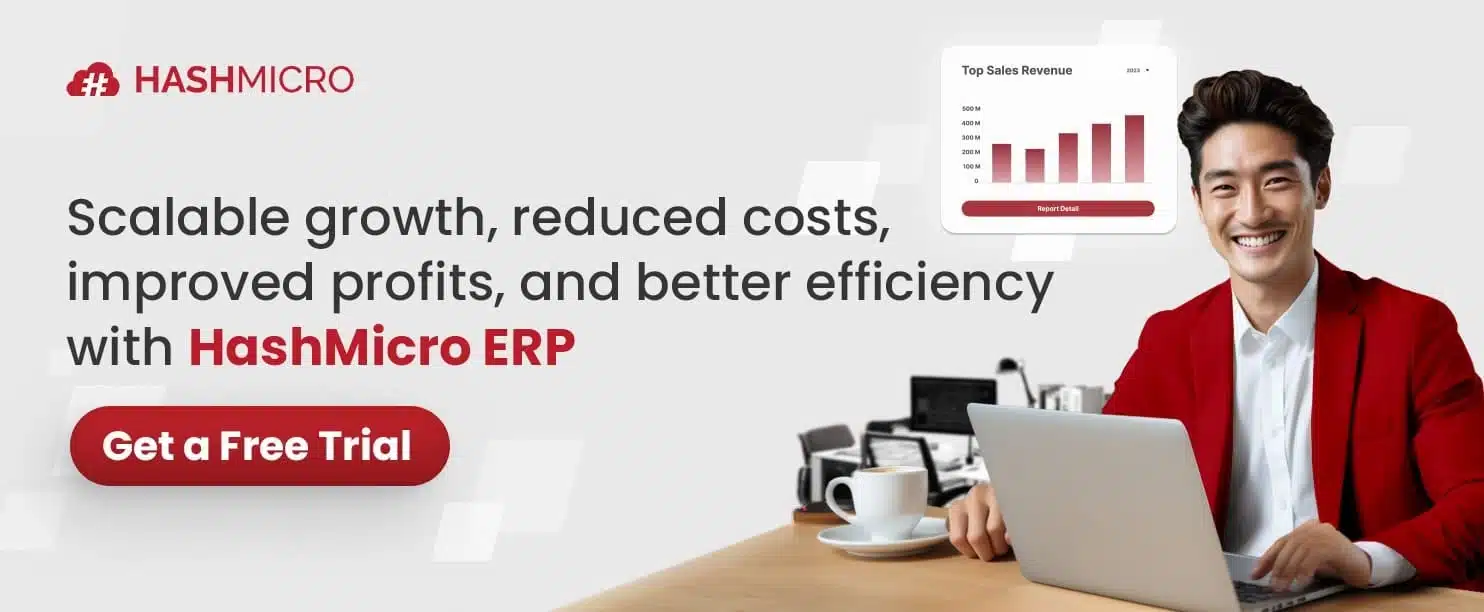
What is an ERP Migration?
An ERP migration is the process of moving your company’s data from an outdated or underperforming ERP system to a new one that can better support your business goals.
Think of it like upgrading your entire operation. During the migration, all your critical data, including sales, financials, supply chain, and HR information, will be transferred to a modern platform designed to provide you with greater visibility, automation, and control.
For business leaders, this isn’t just about IT. It’s about reducing inefficiencies, eliminating outdated processes, and laying the groundwork for smarter, faster decisions that help your company thrive.
How to Plan an ERP Migration
Planning an ERP migration requires more than just choosing the right software. It’s about creating a clear, step-by-step approach that minimizes risks and sets your business up for long-term success. Here are the key steps to consider:
1. Evaluate your current system and needs
Before starting the migration, review your current ERP system. What’s working well? Where are the gaps? Identify bottlenecks such as slow reporting, lack of integration, or manual processes. This will help you set clear goals for the new ERP system.
This step ensures the investment directly meets your company’s true business needs, rather than simply replacing old technology with new software.
2. Build a cross-functional team
ERP migration impacts nearly every department, so it can’t be planned by IT alone. Form a team that includes leaders from finance, operations, sales, HR, and supply chain, along with technical experts.
This cross-functional approach ensures that every part of the business has a voice in the planning process, reducing the chance of overlooking critical requirements.
3. Create a realistic timeline and budget
Rushing an ERP migration is one of the biggest mistakes businesses make. Develop a timeline that allows for time for data preparation, testing, training, and potential unexpected delays.
Likewise, set a realistic budget that covers software, implementation partners, training, and contingency funds for unplanned expenses. A well-planned timeline and budget keep the project on track and prevent unnecessary financial strain.
4. Clean and prepare your data
Migrating unclean data into a new system is like moving clutter into a brand-new office it creates problems from the start. Take time to review, clean, and organize your data before the migration begins.
This includes removing duplicates, correcting errors, and ensuring consistency across systems. Clean data improves reporting accuracy and decision-making in the new ERP environment.
5. Develop a change management plan
ERP migration isn’t just about technology, it’s about people. Employees need to understand why the change is happening and how it benefits them and the company.
A clear change management plan should include open communication, regular updates, and role-based training to ensure the effective implementation of the change. This approach reduces resistance, builds confidence, and increases adoption rates.
6. Test before Going Live
Never go live without testing. Pilot runs help you identify problems early, from data errors to workflow issues, so that you can fix them before the full launch.
Testing also gives your team a chance to get comfortable with the new system in a controlled environment, reducing risk when the system goes live across the company.
Importance of ERP Migration Strategy

Without a solid plan, companies often face delays, higher costs, and unnecessary stress. Here’s why a good strategy makes all the difference:
- Keeps the business running: A clear plan reduces the risk of downtime so daily operations continue without major interruptions.
- Stays on budget and schedule: With a roadmap in place, it’s easier to control costs and avoid missed deadlines.
- Protects data quality and security: A strong strategy ensures that all business data remains accurate and secure during the move.
- Helps employees adjust more quickly: When training and communication are integrated into the plan, teams feel more confident and prepared to utilize the new system.
- Supports long-term business goals: A well-planned migration ensures that the new ERP system drives efficiency, growth, and informed decision-making for the future.
Challenges of ERP Data Migration
Moving to a new ERP system can unlock major benefits, but the data migration process often brings real challenges that business leaders can’t afford to overlook. Here are the most common ones to watch out for:
1. Data accuracy and quality
One of the biggest risks in any ERP migration is moving inaccurate or incomplete data into the new system. When financial figures, customer records, or supply chain data contain errors, it can lead to costly mistakes and poor decision-making in the future.
To avoid this companies need to audit, clean, and standardize data before the migration begins. Investing time here ensures that leaders have reliable information from day one on the new platform.
2. System downtime and business disruption
Unplanned downtime during migration can slow operations, delay shipments, and negatively impact customer satisfaction. For businesses running on tight schedules, even a few hours of disruption can have a financial impact.
A solid migration plan complete with testing, phased rollouts, and backup options helps minimize risk and keeps the business running as usual while the transition happens.
3. Hidden costs
ERP migrations often exceed budget due to unexpected issues such as extended timelines, additional IT resources, or the need for extra training. These costs can quickly add up if not accounted for promptly.
Creating a realistic budget that includes contingency funds helps businesses stay financially prepared for any surprises that may arise.
4. Data security and compliance
Business data often contains sensitive financial, customer, or employee information. During migration, there’s a risk of data breaches or compliance violations if security protocols are not properly followed.
Implementing strong data encryption, access controls, and compliance checks ensures that information stays safe throughout the entire process.
5. Employee adoption and training
Even the most advanced ERP system is only as effective as the people using it. Without proper training, employees may resist the change or struggle to adapt, which can reduce the system’s overall value.
Clear communication, role-based training, and ongoing support enable teams to effectively adopt and utilize the new system to its full potential.
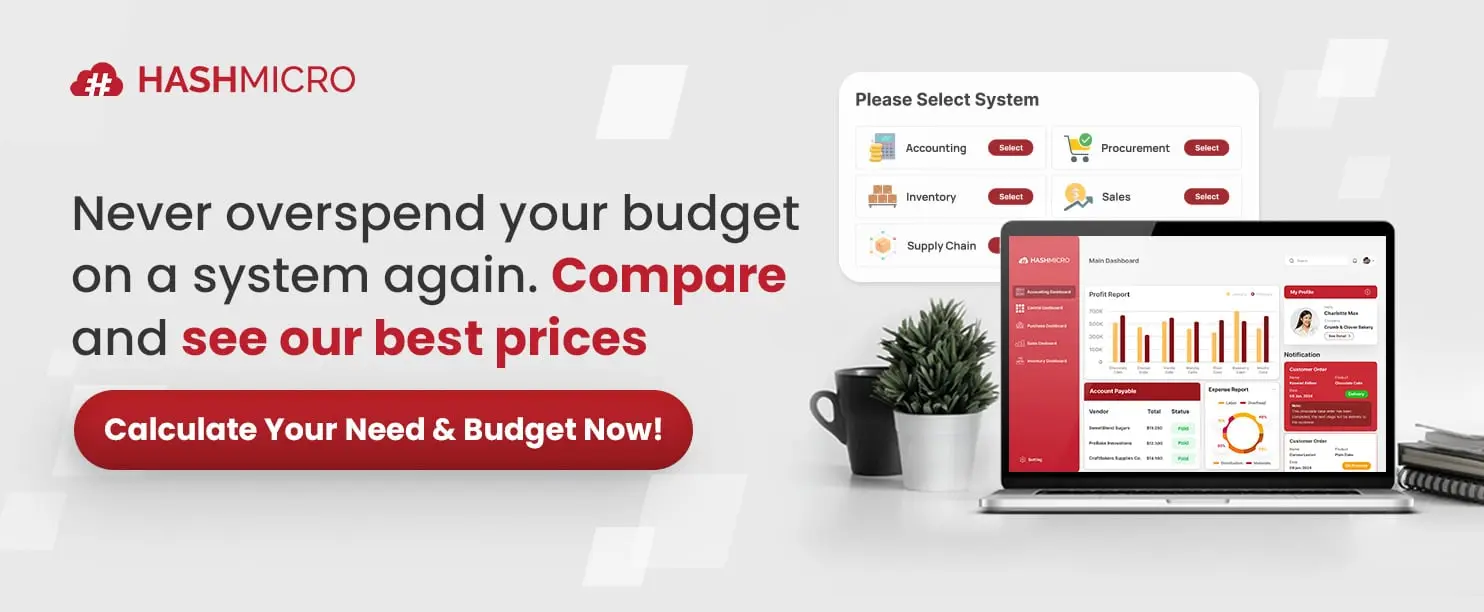
ERP Migration Best Practices
Migrating to a new ERP system can be overwhelming, but following proven best practices will help you avoid common mistakes and maximize the value of your investment. Here are some essential steps to keep in mind:
- Start with a clear business case: Before beginning, define why the migration is happening and what success looks like. This ensures everyone in the company understands the goals and expected benefits.
- Involve stakeholders early: Bring key leaders and department heads into the planning stage. Their input helps identify critical needs and avoids surprises later on.
- Focus on data quality from day one: Clean and organize your data before the migration begins. High-quality data enables accurate reporting and informed business decisions.
- Prioritize training and communication: Keep employees informed throughout the process and provide practical training. This reduces resistance and enables teams to adapt more quickly.
- Select the right implementation partner: Collaborate with experienced consultants or vendors who have a deep understanding of your industry and can guide you through potential challenges.
- Test, review, and improve: Run pilot tests before going live. Use feedback to identify and resolve issues early, refining the system for a smoother full launch.
“Many ERP migration projects fail not because of the software, but due to a lack of process alignment and stakeholder readiness. Before the first line of code is touched, businesses must ensure clear ownership, defined KPIs, and a realistic change management plan.”
— Angela Tan, Regional Manager
Streamline Your ERP Migration with Expert Solutions from HashMicro
Migrating to a new ERP system is more than just a technical upgrade. It impacts every aspect of your business, from finance and operations to HR and customer management. Companies often face challenges such as inconsistent or outdated data, integration issues with existing systems, and slow employee adoption.
A carefully planned approach, combined with the right technology partner, is essential to ensure a smooth and successful migration. HashMicro provides a comprehensive ERP migration solution that addresses these challenges head-on.
By combining industry expertise, proven methodologies, and a flexible platform, HashMicro helps businesses minimize downtime, safeguard data integrity, and maximize the return on their ERP investment. Key features include:
- Data migration and validation tools: Automatically transfer and validate all critical business data, reducing errors and ensuring accuracy across departments.
- Customizable ERP modules: Tailor the system to match your unique business processes, whether in finance, HR, supply chain, or CRM, providing a solution that fits your organization rather than forcing you to adapt to the software.
- Real-time analytics and reporting: Access live insights into operations, enabling management to make faster, data-driven decisions and identify opportunities for efficiency and growth.
- User-friendly interface: Simplify onboarding and daily usage with an intuitive platform that minimizes training time and encourages team adoption.
- End-to-end migration support: Receive guidance throughout planning, implementation, testing, and post-launch, ensuring smooth transitions without disrupting ongoing business operations.
Conclusion
Successfully migrating to a new ERP system requires careful planning, clear strategies, and attention to both data and people. By following a structured checklist, businesses can reduce risks, minimize downtime, and ensure that their new ERP platform delivers real value across all departments.
HashMicro helps make this process easier with a comprehensive ERP solution designed for smooth migration, accurate data handling, and fast user adoption.
To see how your business can benefit and experience a seamless transition firsthand, request a free demo of HashMicro today and discover the full potential of your ERP migration.

FAQ ERP Migration
-
How can businesses ensure a smooth ERP migration?
Planning ahead, involving all stakeholders, using expert support, and providing employee training are key to a successful migration.
-
Can ERP migration improve data security?
Yes, a well-planned migration often includes upgraded security protocols, protecting sensitive business data from potential threats.
-
When is the best time to start ERP migration?
The best time is when the current ERP system no longer meets business needs, before processes become inefficient or outdated.




